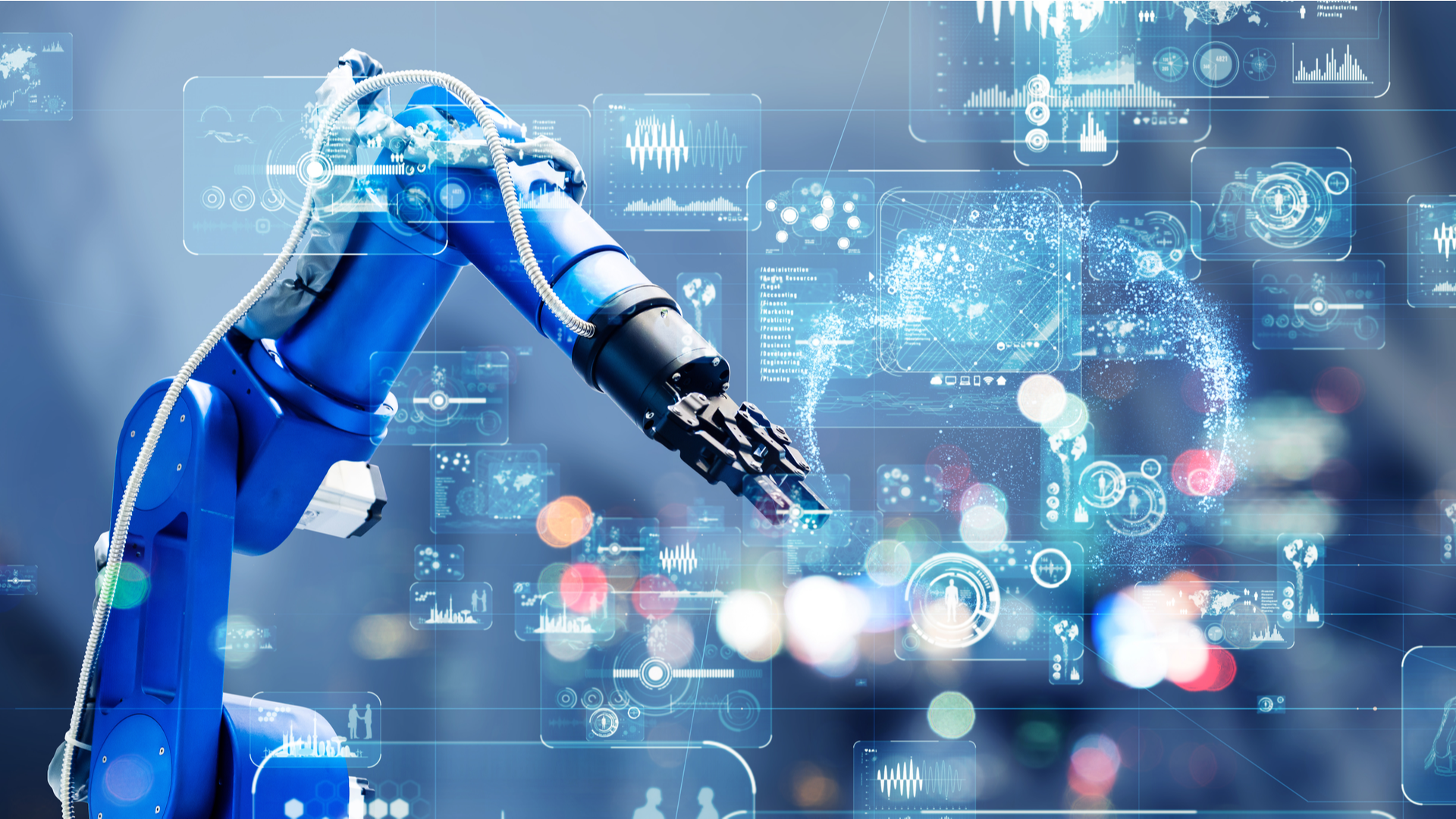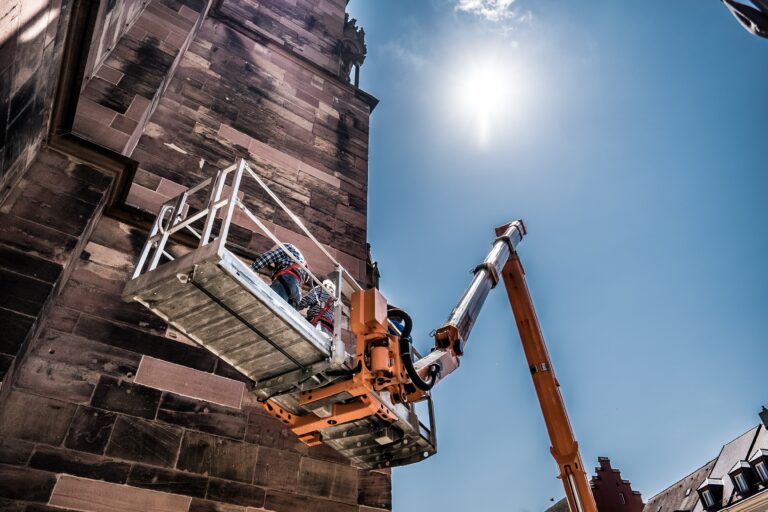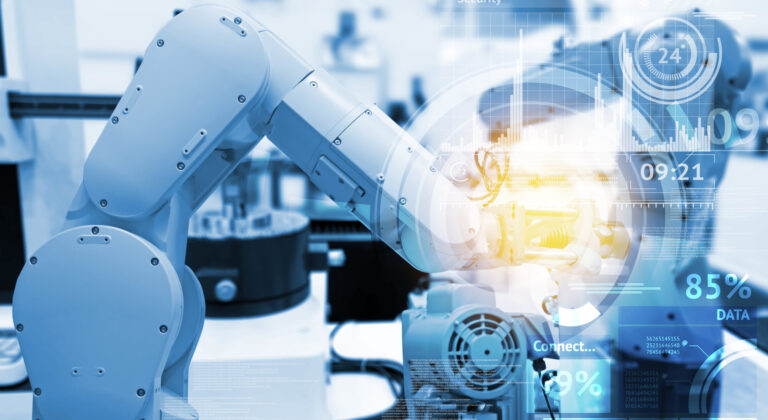
FMI, IoT, AR, VR, MBD, digital thread. What do they stand for? People can feel like they are drowning in TLAs (three-letter acronyms) and other unintelligible terms. Not only that, but the meaning of any given acronym is not likely to be the same across all usages. As a result, many are left confused and looking up terms to describe technologies that are meant to streamline design and development, not slow it down. This post aims to demystify two of these terms: virtual commissioning and digital twins. The post will discuss each of these simulation techniques in more detail, when and how they are implemented, and the impact of virtual commissioning and digital twins on today’s production systems. The piece will also investigate the increasingly blurred lines between these two simulation applications, attempting to provide clarity about their benefits.
Virtual Commissioning for Production Systems
Virtual commissioning is the simulation and modeling of a production system to develop and test the behavior before physical commissioning. Engineers simulate processes before turning on the production system, allowing them to verify that everything works. Virtual commissioning can achieve significant time and cost savings. It also minimizes downtime by identifying and resolving bugs and issues before a new physical production system hits the factory floor. What’s more, this application can explore and test a huge range of design options to find the best solution for a business.
Virtual commissioning achieves this using an iterative approach, roughly divided into three main stages; model-in-the-loop (MiL), software-in-the-loop (SiL) and hardware-in-the-loop (HiL). During MiL testing, the application creates a logic model of the programmable logic controllers (PLCs) and human-machine interfaces (HMIs). The application connects the logic model to a simulation model of the production system. Engineers can then run the models together. If the simulation produces an error, they can change the logic model and rerun the simulation until it is error free.
Once complete, engineers can move to SiL testing to verify that the logic in the model is the same once it has been compiled into the software. If there are no errors here, they conduct final HiL testing, by compiling software on a real PLC or HMI. If an error appears at any stage, virtual commissioning allows engineers to cycle back across these stages. This allows them to uncover and fix issues in the virtual world, rather than wasting time and resources doing this at a physical facility.
Digital Twins of Production Systems
With a digital twin, companies capture sensor data from physical, operating production systems and feed that information into the simulation in real-time. This allows the simulation to mimic the operation of the production system in a live environment, providing a deeper level of insight into the system, compared to simulations in which only historic data is used. Because of its real-time nature, a digital twin can simulate a system while it’s in use, allowing companies to track the system’s operation and seamlessly mock-up any changes or improvements.
As a result, a digital twin allows for the optimization of every phase of the production process. This can provide valuable feedback, help predict future problems, enable predictive maintenance, and minimize unplanned downtime due to system failures, saving both time and money for the manufacturer.
The Blurring Line
Virtual commissioning and digital twins are both highly beneficial simulation applications, but the line between these two concepts is increasingly blurred. HiL simulation is the last verification step leading up to the physical commissioning of a production system. In this process, one or more components of the production system are replaced with simulated virtual components. Engineers add a variety of sensors to the production system at the end of the virtual commissioning process, allowing it to collect data going forward. Companies can feed this data into the system’s future digital twin. The virtual commissioning of a production system ends once engineers install the sensors. In other words, virtual commissioning takes place before a system is physically commissioned. Engineers create a digital twin after a physical commission, using the sensor-gathered data.
Another key distinction between these two methods is that the virtual commissioning process simply uses models of a production system, whereas its digital twin is a virtual replica of the physical instantiation of that system. As engineers get more comfortable using simulation across the commissioning process, it is possible to seamlessly transition from virtual commissioning to physical commissioning to running a digital twin of the production system. Sometimes it can be difficult to know where the virtual commissioning process ends and the digital twin starts.
Recap
- There are many confusing manufacturing terminologies now, and it can be difficult to distinguish between virtual commissioning and digital twins, which are both established simulation applications.
- Virtual commissioning is the simulation of a production system to develop and test the behavior of that system before it is physically commissioned. It is split into three iterative stages, MiL, SiL, and HiL, where a virtual representation of the production system is eventually tested with a real PLC or HMI in this last stage.
- A digital twin captures sensor data from a production system and feeds that information into the simulation in real-time to mimic the operation of the system. This assists in proactively optimizing the production line and avoiding unscheduled downtime.
- The physical commissioning of the system, when sensors are placed in the production system to capture real-time data, is the bridge between the virtual commissioning and digital twin processes.






